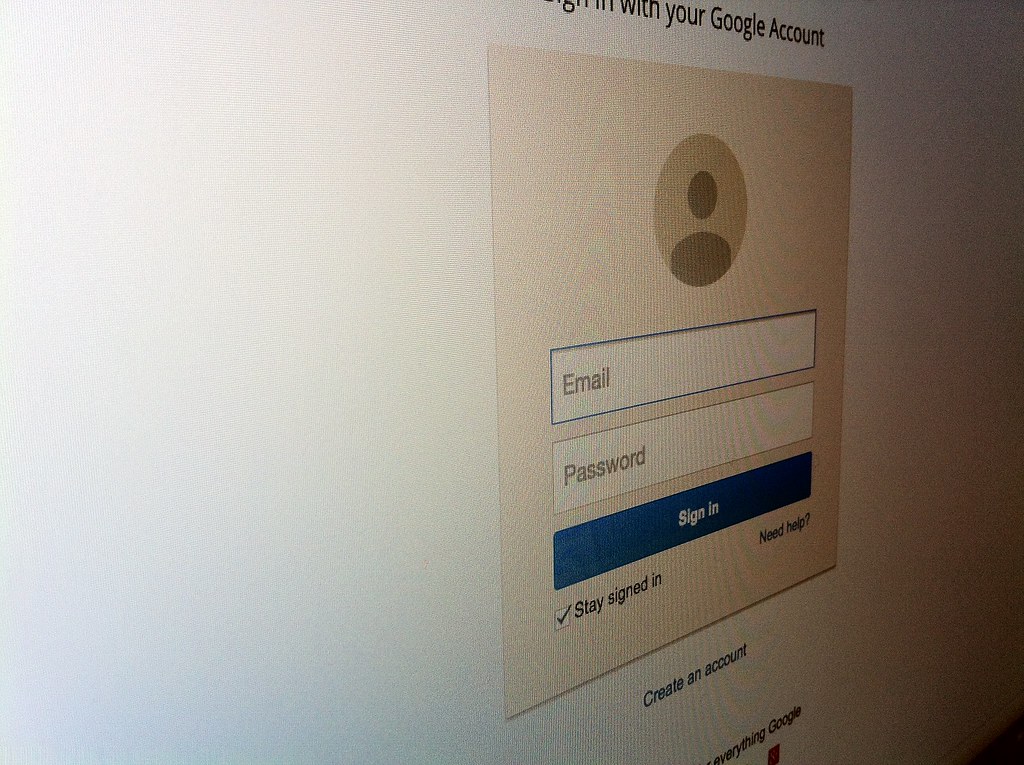
The 1,000-photo limit for free accounts will only be enough for casual users, with the image limit equating to roughly 2 to 3GB.

Users can tag and share images, as well as download them in multiple sizes and resolutions. The simple and well-designed interface makes Flickr an attractive alternative to Google Photos. With the addition of social media exposure and insights through the Flickr public platform, this company has cemented its place as a go-to solution for serious photographers. Lacks the AI-based tools of Google Photosįlickr has operated for over 16 years and remains one of the most trusted cloud-based photo storage services. It is unrivaled in the size and versatility of its file storage. If you already have a Dropbox subscription and want to store many photos as a secure backup, then Dropbox is probably for you. Unlike most photo-specific cloud storage, Dropbox does not feature smart tagging or AI categorization, making the collation of photo albums harder. There is also integration with Facebook to download images from the site and with Adobe Creative Cloud for easy transfer. With the standard 2TB capacity on Individual Plus accounts, Dropbox compares favorably with other best Google Photos alternatives such as OneDrive (2TB at $180 a year).ĭropbox can auto-sync photos from your devices to the cloud and integrates with third-party apps such as photo editor Pixlr.

There are additional features in security (Vault, passwords, remote device wipe), sharing (Basic includes up to 100MB/transfer, Plus is 2GB/transfer), and access (Plus includes smart sync and mobile offline folders). The greatest difference between the Basic account and the Individual Plus subscription tier ( $120 a year) is in the account storage size.

However, they do have sharing and collaboration features as well as secure settings and apps for Windows, macOS, iOS, and Android. Free accounts (Basic) only include 2GB and are more suited to documents than albums of photos.


 0 kommentar(er)
0 kommentar(er)
